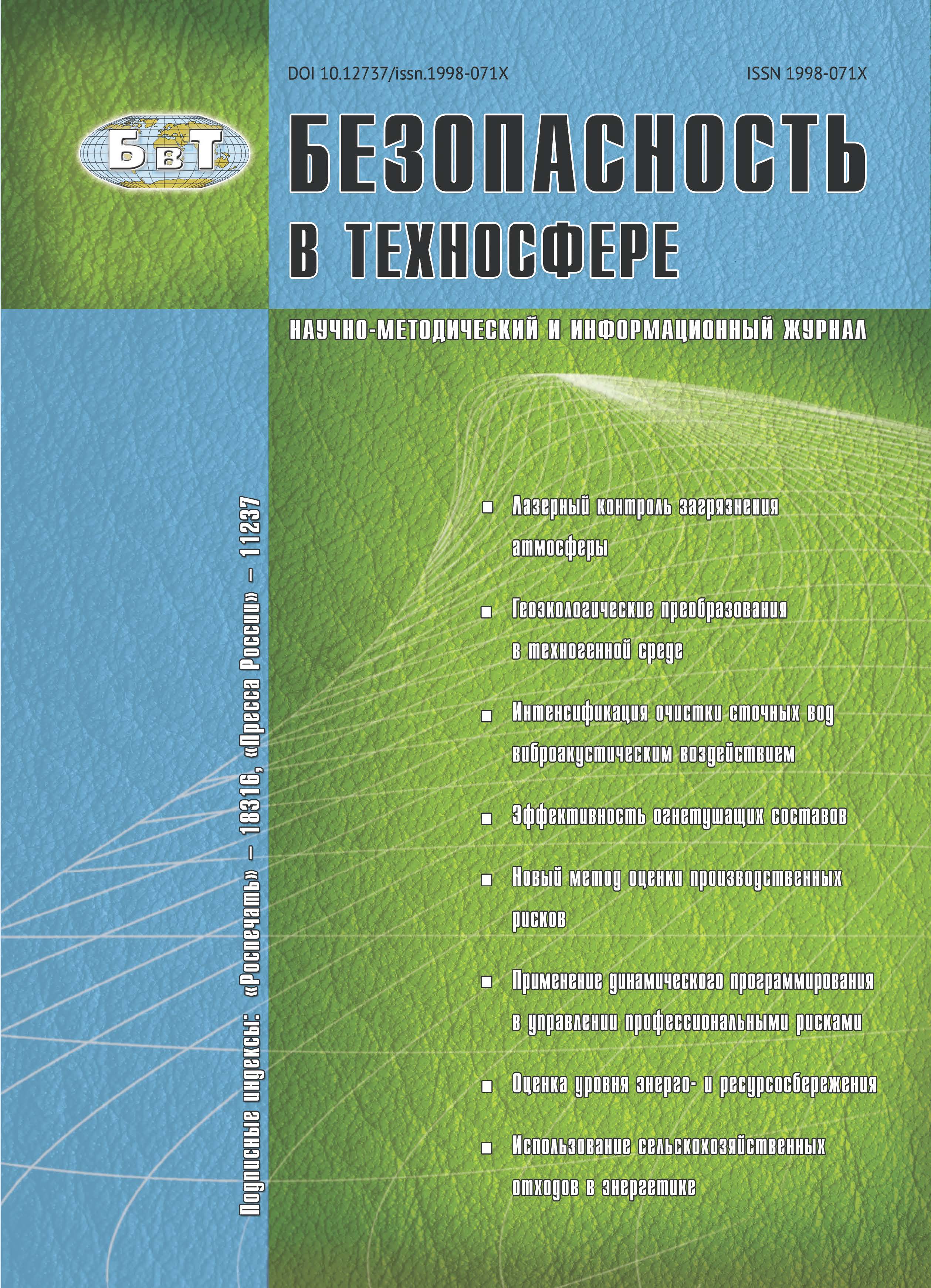Москва, г. Москва и Московская область, Россия
Швеция
В статье анализируется обращение химических веществ в Российской Федерации. Мы использовали метод TSIS в качестве инструмента анализа и оценки устойчивого обращения химических веществ в России. Проведенный анализ показал, что для устойчивого обращения химической продукции необходимо: • создать нормативно-правовую базу, в том числе законодательную поддержку многих существующих инициатив; • привлечь к решению проблемы безопасного обращения химических веществ бизнес и общественность, в том числе с целью создать культуру производства и потребления химикатов; • помимо государственного регулирования использовать инициативы бизнеса и инструменты саморегулирования. Определено, что для создания в РФ устойчивого обращения химических веществ необходимо изменить отноше- ние к производству (в том числе в части природоохранных мероприятий) и потреблению химических веществ. Действовать надо уже сегодня, иначе запланированный рост производства и потребления химических веществ приведет к катастрофическим последствиям для природы и человека. Для воздействия в выбранных точках на ос- нове анализа международного опыта составлен перечень лучших практик. Большинство этих практик известно в России, но эффективность их использования низкая, что обусловлено отсутствием в РФ единой законодательной базы в области безопасного обращения химических веществ и низкой мотивацией бизнеса.
устойчивое развитие, химические вещества, окружающая среда, риск.
1. Introduction
“We stand at a critical moment in Earth’s history, a time when humanity must choose its future. As the world becomes increasingly interdependent and fragile, the future at once holds great peril and great promise”. This text from the Earth Charter can be fully applied to management of chemicals. These words are supported by the text from Agenda 21 that was adopted during the United Nations Conference on Environment and Development (UNCED) in 1992, and reaffirmed in 2012 by the United Nations Conference on Sustainable Development. Section 19 of Agenda 21 states that “a substantial use of chemicals is essential to meet the social and economic goals of the world community and today’s best practice demonstrates that they can be used widely in a cost-effective manner and with a high degree of safety”. But at the same time, Agenda 21 notes that chemicals can be (and in some areas have become) the cause of adverse effects on human health and nature.
In 2009, in «Nature», the article was published that described estimations of the main anthropogenic pressures [1]. “Planetary boundaries” have been identified in nine key parameters: climate change, ocean acidification, ozone depletion, nitrogen and phosphorus cycles, global freshwater use, change in terrestrial ecosystems, the level of biodiversity loss, the concentration of emissions of aerosols and chemical pollution. For seven of the nine parameters boundary values were defined. Going beyond the boundary values can lead to irreversible changes in the biosphere. But the boundaries have not been determined for aerosols and chemical contamination due to their complexity. Lack of boundaries for chemicals leads to a lack of knowledge about the global risk and to a lack of ability to manage risk. But today, chemical pollution is a serious concern in the world. Planetary boundaries are one of the foundations of the sustainable development goals [2] of environmental protection and the criteria for their achievements. However, the absence of planetary boundaries for chemical pollution actuators leads to a lack of goals and criteria in this field.
1. Rockström J., Steffen W., Noone K. A safe operating space for humanity. Nature. 2009, I. 461, pp. 472-475.
2. Available at: http://sustainabledevelopment.un.org/ (Accessed 06 November 2014).
3. 2011/SOM3/CD/018. Strategic Framework for Chemicals in the Asia Pacific Region.APEC Chemical Dialogue September 13, 2011. Available at: http://mddb.apec.org/documents/2011/CDSG/CD/11_cd_018.pdf (Accessed 06 November 2014)
4. 2012/SOM1/CDSG/014. Principles for Best Practice Chemical Regulation. APEC Chemical Dialogue May 22, 2008. HUU www.apec.org/.../B5821A4C2FCA4685A6192.../UUH (Accessed 06 November 2014)
5. Development strategy for Russian chemical and petrochemical industry until 2015. Approved by the order № 119 of the Ministry of Energy of the Russian Federation, March 14, 2008.
6. Development plan for Russian gas- and petrochemistry for the period until 2030. Approved by the order №79 of the Ministry of Energy of the Russian Federation, March 1, 2012.
7. AtKisson A. The Sustainability Transformation. How to Accelerate Positive Change in Challenging Times. Published November 19th 2010 by Earthscan Publications. P. 323. ISBN 1849712441






